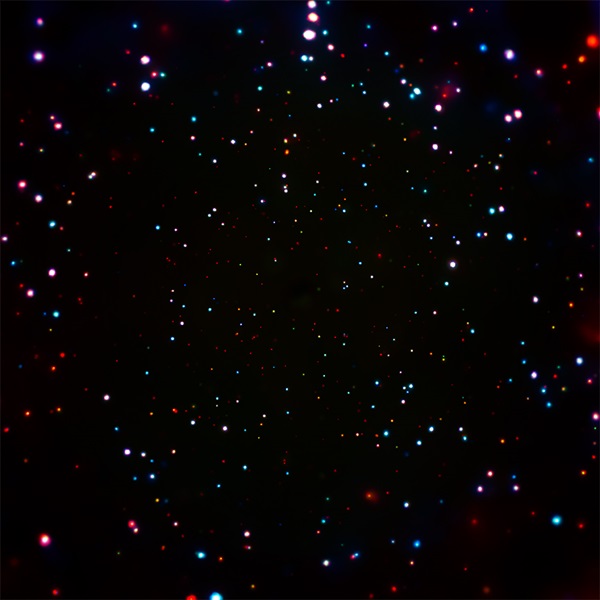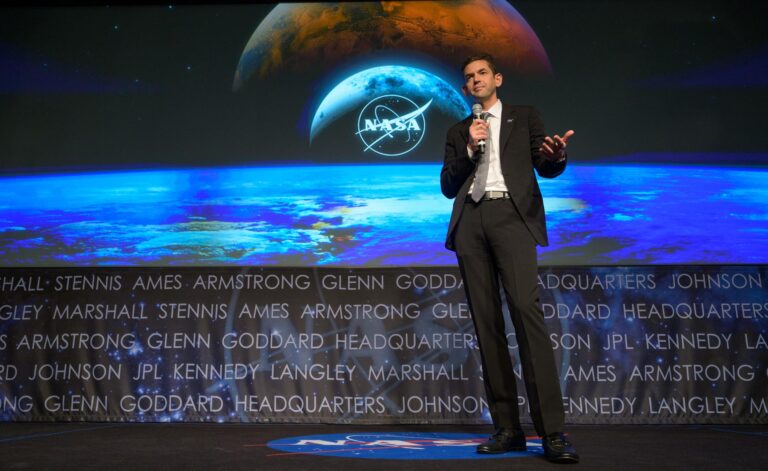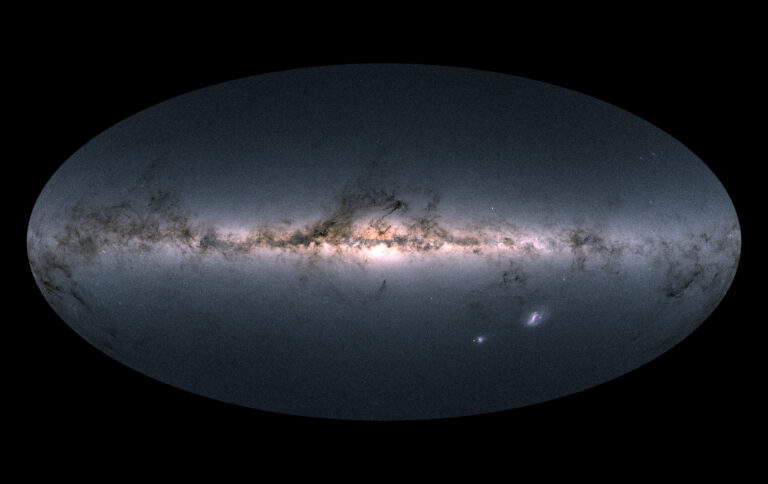Key Takeaways:
Hubble has its iconic deep field filled to the brim with galaxies. The Chandra X-ray Observatory has one of its own. In an area just 60 percent the size of the full moon, it peered into an area of ancient galaxies and their massive black holes. Bright, energetic, explosive events hide in this area.
Over 81 days, Chandra looked at 1,055 black holes in this small region, able to see energetic events caused by black holes at the center of galaxies visible only in x-rays. It marks, to date, the best survey of active galactic nuclei in the universe, and creates an even bigger estimate: hiding behind city lights and small backyard telescopes, there are 1 billion active galaxies in the night sky somewhere (though many of those are out of view to even the best ground-based telescopes.)
“The density of these black holes is the deepest we’ve ever seen in the sky,” W. Niel Brandt, the Verne M. Willaman Professor of Astronomy & Astrophysics at Pennsylvania State University, said in a press conference at the 229th gathering of the American Astronomical Society. A pre-print of the findings is available here.
But all of the information contained in this area would be nothing without a technique often utilized by backyard astronomers.
“We’ve had to use a bit of a trick to get there, and the trick we use is stacking,” Brandt said.
Stacking involves taking multiple exposures of an object and using these individual frames to build a better composite image. While one exposure may only show a certain amount of light from an energetic event, a progressive number of exposures can build a bigger and brighter pictures. Because events like this move on slow timescales (from a human observer point of view) stacking helps bring clarity to the data.
In addition to Chandra data, archival data from Hubble helped complete the pictures of these active galactic nuclei.
While the dataset, termed the Chandra Deep Field-South, has some of the best resolution of distant supermassive black holes ever, it only reaches a redshift of 10. The galaxies range in age from 3.5 billion to 12.5 billion years old, leaving a little over a billion years of galaxies yet uncharacterized in an area / time called the Epoch of Reionization because these early galaxies ignited neutral hydrogen in the universe and cleared away the opacity it caused, representing the first galaxies.
While the James Webb Space Telescope will be able to see some of these galaxies, a proposed mission called LYNX, a succesor to Chandra, would bring even more clarity to the early universe. It might help determine how supermassive black holes form and attract enough matter to form a galaxy. There are two competing schools of thought: that a small seed grows into a massive one, or that galaxies form from direct collapse black holes, where a massive cloud of gas creates a gravitational well before it can form into a star.
“It would give us real prospects of detecting these seeds individually,” Brandt said.
If LYNX is approved, one thing is certain: stacking will be the key to unlocking the discoveries.










